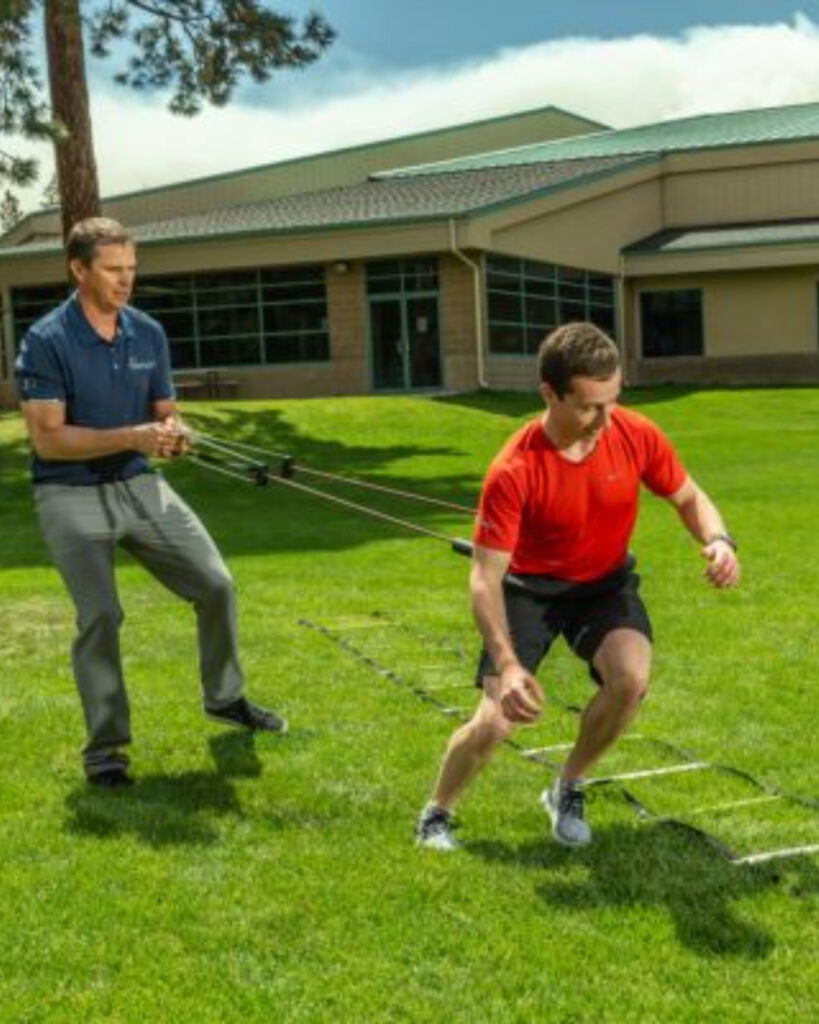As student-athletes put their all into their sport, pushing themselves during practice and even harder during games and competitions, sports injuries are inevitable despite concerted efforts to reduce and prevent them.
Because there is no way to avoid injury altogether, it’s paramount to be able to quickly identify the signs of possible injury, which often are not obvious during high action, but manifest later when your athlete is settled in at home.
There is a myriad of reasons your student athlete might avoid mentioning having gotten hurt or telling you if they’re in pain. Some kids are worried they’ll be benched and not get enough playing time. Others are afraid of letting their team down. It’s not unusual for young athletes to think they can tough it out when they’re hurt, but even when they believe it’s not that bad, that they can walk it off, any undiagnosed and untreated injury is potentially causing more damage with every day that goes by.
It’s crucial that parents and guardians, along with coaches, know the signs of injury and are prepared to get involved.

By just knowing some of the obvious signs that a young athlete isn’t just sore but is actually injured, parents can play an active role in ensuring injuries are diagnosed and treated as soon as possible, preventing further damage from occurring.
6 SIMPLE SIGNS to watch out for include:
- Headaches, lightheadedness or dizziness, which may indicate a concussion.
- Difficulty sleeping.
- Difficulty standing, sitting, stepping or moving around normally.
- Limping or an appearance of pain when putting weight on and/or using a particular part of the body.
- Tingling, numbness or weakness in the limbs, fingers or toes.
- Sharp pain during physical activity.
According to the Centers for Disease Control and Prevention (CDC), around 30 million children and adolescents in the U.S. participate in youth sports. Just the high school-aged students within this group account for around 2 million injuries and 500,000 doctor visits each year. Of those younger than 14, 3.5 million receive medical treatment for sports injuries.
“No pain, no gain” is a myth, especially when it comes to youth sports, and there should be no such thing as “toughing it out.” If your young sports star is showing any of these signs, it’s important you get them evaluated as soon as you can.
In many cases, visiting a physical therapist can be an ideal starting point for such evaluations. Trained to provide sports injury assessments for athletes of all ages, physical therapists will triage the injury and, if necessary, provide direction if further diagnosis and treatment is necessary.
The experts at Therapeutic Associates Physical Therapy provide exceptional orthopedic physical therapy for patients of all ages. With a focus on manual therapy and individualized functional strength and conditioning to enhance recovery and performance, our goal is to get every patient better as fast and safely as possible.
Additional Resources
Experts in Sports Injury Recovery
We are committed to providing effective, efficient, and compassionate care to help you return to pain-free sport. Our passion is to help every patient reach their goals on their journey to recovery and optimal performance.



